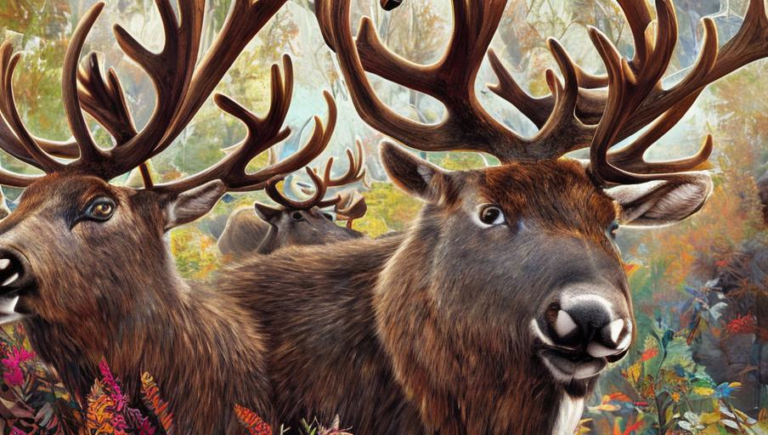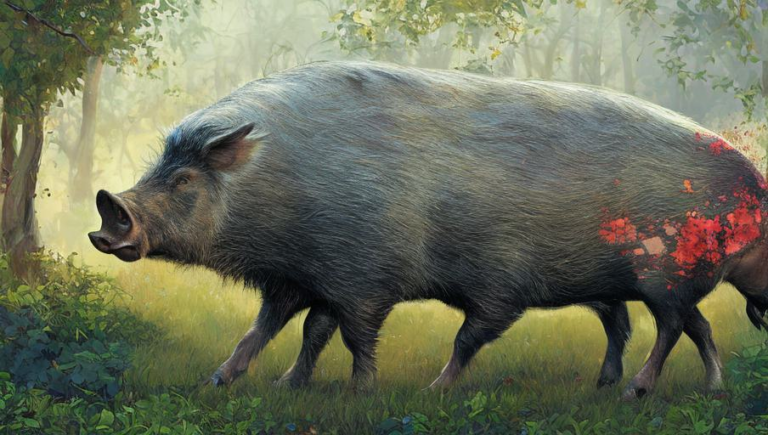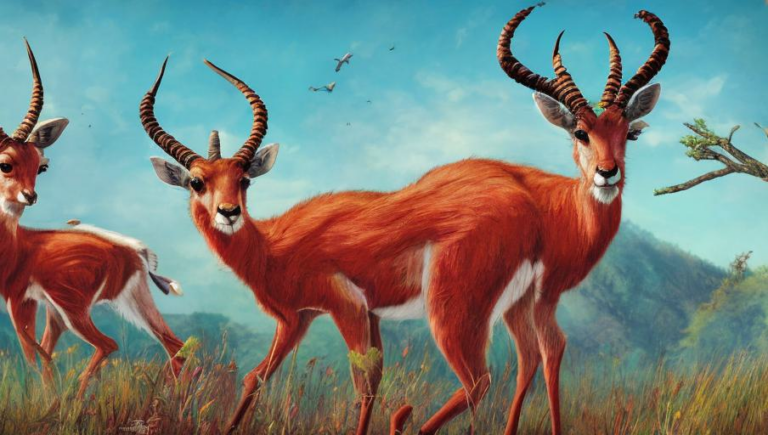Zapping the Myths About Bears

Bear Facts
Bears are some of the most iconic and beloved animals in the world. From their big, round ears to their brown, furry coats, bears have been celebrated in art, literature, and folklore for centuries. While we may recognize bears for their physical characteristics, there are many misconceptions about them. Let’s take a closer look at the facts about these amazing creatures.
Behavior
Contrary to popular belief, bears are not aggressive animals by nature. In fact, they will often avoid confrontation with humans and other animals by running away or taking refuge in trees. Bears can become aggressive if they are startled or feel threatened, but in most cases, they will try to escape rather than fight. It is important to keep your distance if you encounter a bear in the wild, as it is likely to be stressed by your presence.
Diet
Bears are omnivorous animals and have a varied diet. They eat a range of foods including fruits, nuts, vegetation, and small mammals. Bears also scavenge for food, so it is important to keep food sources away from bear habitats to avoid any conflict. Bears are also very intelligent animals and are known to use tools in order to access food, such as digging up roots or using sticks to knock down beehives.
Hibernation
Bears are well-known for their winter hibernation, but not all species of bears actually hibernate. Brown bears, the species most commonly associated with hibernation, enter a state of torpor, which is a temporary sleep during the winter months. This period of torpor allows them to conserve energy and avoid the harsh winter conditions. Other species of bears, such as polar bears, may enter a state of torpor during particularly cold periods, but do not hibernate for long periods like the brown bear.
Social Interaction
Bears are solitary animals and do not live in large social groups like some other species of animals. However, bears do interact with each other and have been known to play and groom one another. They are also highly territorial and have been known to fight over food or mating rights. This behavior is usually seen between male bears and is less common among female bears.
Conclusion
Bears are fascinating creatures and it is important to understand the facts about them to help protect them and their habitats. Bears are not aggressive animals by nature, they are omnivores, and hibernation is not a trait common to all species. They are solitary animals, but they do interact with each other. By understanding the facts about bears, we can help ensure their continued survival.





